When you embark on the journey of selling your home, every detail matters, and perhaps no detail influences a buyer’s first impression more profoundly than the color on your walls. It’s a truth that modern real estate agents and market analysts are increasingly emphasizing: the right paint color doesn’t just make a home look good; it can significantly boost its perceived value and even shorten its time on the market. Forget the old adage that a blank slate of all-white walls is always best; new research points to a fascinating shift in buyer preferences towards richer, nature-inspired tones that evoke a sense of warmth and sophisticated character.
Indeed, Zillow’s extensive research, surveying thousands of home buyers, reveals that traditional all-white walls have given way to bolder, yet grounding, hues. These are colors found in nature, like deep greens and blues, that resonate with buyers on a deeper, emotional level. As Christie Cannon, a real estate agent with The Cannon Team at Keller Williams, aptly puts it, “We’ve seen a clear shift toward nature-inspired tones that add cozy, organic warmth.” This trend isn’t just about aesthetics; it’s a strategic move, making it “easier for buyers to imagine it as their own.” The potential financial gain is substantial, with buyers willing to offer as much as $2,590 more for homes adorned with the right interior paint colors.
So, as you prepare your home for sale, setting aside personal preferences and focusing on buyer psychology becomes paramount. The goal is to market your home effectively, creating an inviting and updated space that feels well-cared for. Teaming up with experts like Sherwin-Williams and leveraging Zillow’s latest 2025 paint color analysis, we’ve identified the tried-and-true shades that are captivating buyers and driving up sale prices. Let’s delve into the specific hues that can transform your home from ‘for sale’ to ‘sold’ in record time, ensuring every brushstroke contributes to your bottom line.
1. **The Allure of Olive Green for the Kitchen**The kitchen, often considered the heart of the home, is a prime area where color can make a significant difference in a buyer’s perception and willingness to offer more. According to Zillow’s analysis, homes featuring an olive green kitchen are attracting more buyer interest than almost any other color. This particular shade has the power to increase a home’s sale price by approximately $1,600, a figure that certainly makes sellers take notice.
Sue Wadden, Director of Color Marketing for Sherwin-Williams, characterizes olive green as “a timeless, grounding color that evokes a sense of calm and sophistication.” It’s a hue that connects with the growing trend of organic modernism, incorporating the serene feelings associated with sustainable materials and nature-inspired aesthetics. This isn’t just a fleeting fad; green has been having a moment for the past couple of years, and design experts predict a continued embrace of muddy greens into 2025 and 2026.
For those looking to embrace this value-driving trend, Sherwin-Williams offers excellent options such as Ripe Olive (SW 6209), Secret Garden (SW 6181), or Succulent (SW 9650). These shades bring a touch of nature directly into the kitchen, making it feel both contemporary and deeply inviting. This strategic color choice signals to buyers that the home is updated and thoughtfully designed, aligning with current tastes that favor character and personality over sterile minimalism.
It’s worth noting that while olive green is a clear winner, Zillow’s research also found dark gray kitchens can sell for an estimated $2,400 more. However, fewer buyers are interested in this option, suggesting olive green offers a broader appeal for consistent interest, even if dark gray might fetch higher offers from a smaller pool. The verdant hue consistently captures a wider audience, translating to stronger overall buyer engagement.
Read more about: Sweet Revival: 12 Vintage-Style Desserts Making a Comeback in 2025 with Nostalgic Tastes and Modern Twists

2. **The Serenity of Navy Blue in the Bedroom**When it comes to the sanctuary of the bedroom, blue, and specifically navy blue, emerges as the undisputed champion for attracting buyers and boosting sale prices. Zillow research clearly indicates that buyers prefer blue for the bedroom above all other colors, demonstrating a willingness to offer the most for a room painted in this classic shade. This preference could potentially elevate a home’s sale price by an estimated $1,815.
Navy blue’s appeal lies in its inherent qualities of depth and elegance, making it a versatile choice for both traditional and modern interior designs. Sue Wadden emphasizes its classic nature, noting that “it can act as a neutral when styled correctly.” This means it provides a rich backdrop without being overly dominant, allowing buyers to easily envision their own furnishings and decor complementing the serene atmosphere.
This serene shade is renowned for evoking feelings of relaxation and calmness, making it an ideal choice for a bedroom where tranquility is highly valued. Sherwin-Williams offers several exemplary navy hues that fit this bill perfectly, including Naval (SW 6244), In the Navy (SW 9178), or After the Storm (SW 9685). These deep shades provide that sought-after moody yet soothing ambiance, aligning with the “organic modernism” aesthetic that buyers associate with contemporary, value-driven homes.
Beyond just the paint, strategic staging can amplify the effect of a navy bedroom. Decluttering, depersonalizing, and styling with crisp white linens and accent throw pillows before listing can complete the picture of a peaceful retreat. Buyers are looking for a space where they can unwind, and a thoughtfully painted and staged navy blue bedroom powerfully conveys that message, solidifying its place as a top choice for maximizing resale value.

3. **The Warmth of Mid-Tone Brown in the Bathroom**For those seeking a touch of sophistication and grounding warmth in the bathroom, a mid-tone brown is proving to be an unexpectedly popular and profitable choice. Zillow’s analysis suggests that a bathroom painted in a mid-tone brown, such as Sherwin-Williams Java, could help a home sell for an additional $680 compared to similar properties. This demonstrates that not all impactful colors need to be dramatically bold; subtle warmth can be just as effective.
Christie Cannon highlights the efficacy of browns, particularly for accent walls, due to their inherent warmth. She explains, “These colors can create a richness and sophistication that are very appealing to buyers.” In a space like the bathroom, where comfort and a spa-like feel are often desired, mid-tone browns offer a sophisticated neutrality that is both inviting and elegant. This shade aligns perfectly with the nature-inspired trend, echoing earthy elements that promote serenity.
The versatility of mid-tone browns allows for a range of expressions, from deeper, comforting tones to those with a subtle greige influence. Beyond Java (SW 6090), Sherwin-Williams provides other excellent options such as Tavern Taupe (SW 7508) and Homestead Brown (SW 7515). These hues resonate with prospective buyers who are increasingly drawn to interiors that possess character and a thoughtfully designed aesthetic, moving away from sterile, uninspired palettes.
While a full commitment to saturated hues might feel daunting for some, a mid-tone brown provides a comforting bridge, offering character without overwhelming the space. Its ability to create richness without being overly dramatic makes it an approachable and highly effective choice for boosting a home’s appeal and sale price, especially in a functional yet personal space like the bathroom.

4. **The Sophistication of Dark Gray for Living Spaces and Beyond**In the realm of living rooms, where comfort and coziness are paramount, dark gray has emerged as a consistent crowd-pleaser, defying inclinations toward lighter, more traditional neutrals. Zillow research confirms that dark gray living rooms have maintained their popularity since previous analyses, holding the potential to boost a buyer’s offer price by nearly $2,600. This makes it one of the most financially rewarding color choices for this central area of the home.
Dark neutrals, such as Sherwin-Williams Cyberspace (SW 7076), Iron Ore (SW 7069), or Peppercorn (SW 7674), are particularly favored. These shades lend an air of modern sophistication and depth, transforming a living space into an intentionally designed and inviting environment. They perfectly embody the “moody work” of influential designers seen on platforms like Pinterest, demonstrating how character-filled interiors are now dominating buyer preferences.
Beyond the living room, charcoal gray proves its versatility by performing well in other critical areas. It’s a close second in the bedroom, with dark gray bedrooms potentially selling for $1,504 more, and also popular in the kitchen, where it could boost a home’s sale price by an estimated $2,443. This broad appeal underscores the power of dark gray as a strategic color choice across multiple rooms, creating a cohesive and contemporary feel that buyers appreciate.
Bethany Adams, principal of her eponymous design firm, notes that spaces painted in “dark gray, green, blue, or another deep color with neutral undertones, these spaces are incredibly evocative and easy to imagine oneself in.” This aligns with buyers’ desire for homes that feel well-cared for, updated, and easy to make their own, allowing them to visualize their life within a stylish, modern canvas. The deep, grounding quality of dark gray contributes to this feeling of an established, yet adaptable, home.
Read more about: 14 Interior Design Trends That Are Already Outdated in American Homes: What to Ditch Now for a Timeless Look
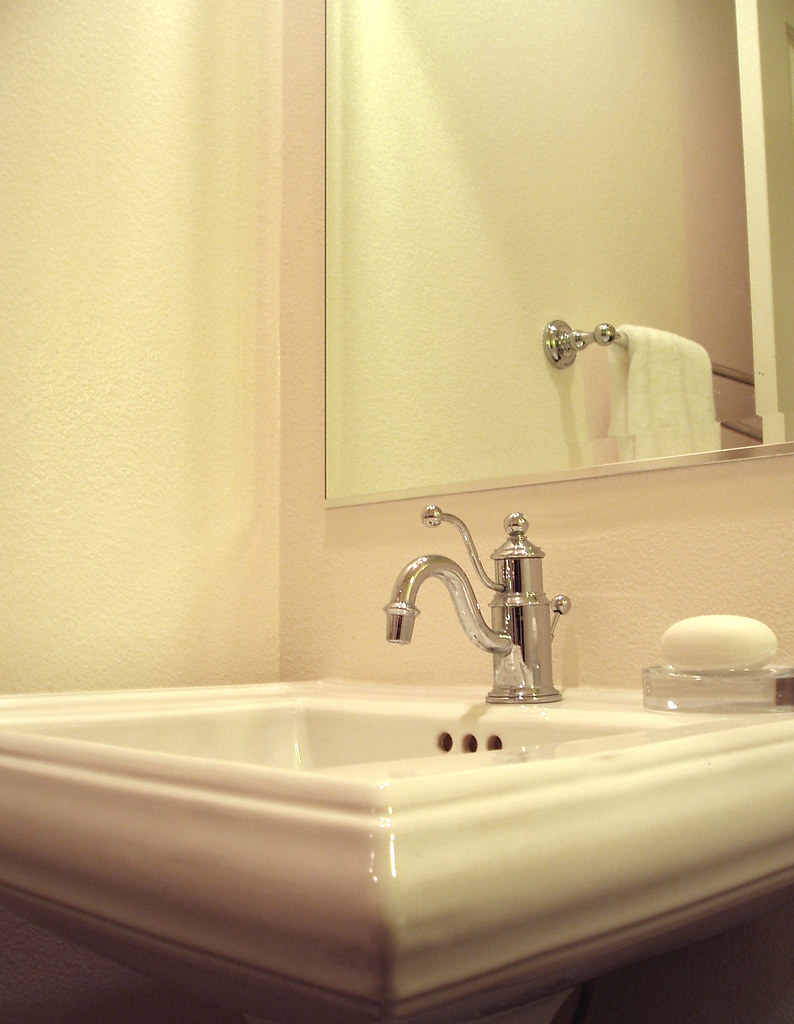
5. **The Enduring Appeal of Classic White in the Bathroom**While the trend for richer, nature-inspired tones dominates many discussions, it’s reassuring to know that some classics truly never go out of style. A pristine white room, particularly in the bathroom, continues to entice potential homebuyers and significantly contributes to a home’s resale value. Zillow’s data indicates that a bathroom coated in classic white can make your home sell for an additional $718, proving that white interiors still hold a powerful allure when used strategically.
The key lies in *where* white is used and *how* it’s applied. In the bathroom, white evokes feelings of cleanliness, freshness, and spaciousness – qualities highly prized by buyers. It creates an almost spa-like atmosphere, suggesting a well-maintained and hygienic space. Sherwin-Williams High Reflective White or provide bright, clean tones that can make a bathroom feel larger and more inviting, essential elements for attracting buyers.
It’s important to differentiate this strategic use of white from the “sterile” or “cold” white that can deter buyers. A well-chosen white, with the right undertones, can lend a beautiful foundation and reflect light, making the room look bigger and brighter. Houston designer Benjamin Johnston emphasizes this, stating, “White walls will never go out of style. They lend a beautiful foundation to introduce color through decor, furniture, and art.” The trick is in the nuances and ensuring it complements the space rather than washing it out.
Therefore, while embracing color is definitely in vogue for many rooms, the bathroom remains a stronghold for classic white. Its ability to create a sense of calm, order, and perceived spaciousness makes it a smart and safe bet for sellers. It’s a testament to the fact that some colors, when applied in the right context, offer an enduring appeal that transcends fleeting trends, consistently contributing positively to a home’s marketability and value.
Read more about: Architectural Grandeur: An Exclusive Tour Through 15 Aspirational Celebrity Homes

6. **The Power of General Neutral Hues: Grays and Greiges**Beyond specific room recommendations, the overarching consensus among real estate experts and design professionals points to the enduring power of general neutral hues, particularly grays and greiges, as foundational choices for selling a home. These versatile shades offer a harmonious backdrop that appeals to the broadest possible range of buyers, making it easier for them to envision their own lives unfolding within the space. They are the undisputed heavyweight champions of home staging paint colors for 2025.
The primary reason for their popularity is their ability to act as a blank canvas without being sterile. Neutrals “jumpstart the imagination and inspiration of your potential buyer, which allows them to imagine your home with their furniture and style,” as experts confirm. While pure white remains a top choice for its ultimate versatility, many homeowners are now opting for slightly warmer grays or “greige” paint colors in 2025. These warmer neutrals maintain the light and bright feeling while adding an inviting touch that avoids the coldness sometimes associated with cooler grays or improperly chosen whites.
Sherwin Williams Agreeable Gray, for instance, is currently one of the most popular paint colors, lauded for its ability to shift between gray and greige depending on the light, and for its minimal unwanted undertones. It’s considered by many home stagers to be the “perfect neutral” for open floor plans, seamlessly connecting different areas. Its inherent warmth makes it compatible with various flooring types and decor styles, truly maximizing its appeal to diverse buyers.
Another standout is Sherwin Williams Repose Gray, which leans more toward gray but retains enough warmth to feel inviting rather than cold. For those desiring an even brighter, airier look, using this color at 50% strength is a common trick. Behr’s Silver Drop is also praised for its light scale and just enough warmth to avoid a chilly feel, effectively bouncing light around the room and complementing both light and dark wood tones. These grays and greiges are not merely trendy; they are strategic choices that consistently deliver on buyer appeal and resale value, making them indispensable tools for any seller.”
, “_words_section1”: “1948

7. **The Calming Influence of Blue-Grays in Bathrooms**While we’ve explored the broad appeal of general grays and greiges, there’s a particular subset of these neutrals that truly shines in specific spaces: blue-grays, especially in the bathroom. These serene shades offer a unique combination of warmth and coolness, making them ideal for creating that coveted spa-like atmosphere that so many buyers are searching for. They strike a perfect balance, providing character without overwhelming the tranquil nature of the space.
Bathrooms, perhaps more than any other room, benefit from colors that evoke feelings of cleanliness, calm, and relaxation. Blue-gray paint colors effortlessly achieve this, transforming a utilitarian space into a personal retreat. Designers and home stagers frequently recommend these hues because they resonate with a universal desire for peaceful, well-maintained environments, a critical factor for influencing buyer perception.
If you’re looking to infuse your bathroom with this tranquil yet sophisticated vibe, there are several outstanding blue-gray options to consider. Behr Reflecting Pool, Sherwin Williams Sea Salt, and Benjamin Moore Quiet Moments are all lauded for their ability to create a calming and relaxing ambiance. These shades subtly bounce light around the room, making it feel brighter and often larger, which are significant advantages when showcasing a home to potential buyers.
Even if you’ve opted for a consistent whole-house color palette, rooms behind a door, such as bathrooms, offer an excellent opportunity to introduce a different, yet complementary, shade. A soft blue-gray paint color in the bathroom can act as a delightful surprise, invoking that serene, spa-like feeling without disrupting the overall cohesive flow of your home. It’s a strategic splash of color that pays dividends.

8. **Boosting Curb Appeal: The Best Exterior Paint Colors**Beyond the interior, the exterior of your home plays an equally crucial role in attracting buyers. It’s the very first impression, a visual handshake that can either entice prospective buyers to step inside or prompt them to drive right by. Investing in the right exterior paint colors is a direct investment in your home’s curb appeal and, ultimately, its marketability.
According to Caitlyn Davidian, an interior designer on the advisory board for Home Life Digest, we’re currently seeing a strong preference for “stark whites and dark charcoals,” and these trends show no sign of fading. These colors are particularly effective because they lend a fresh exterior look, seamlessly unifying the architectural elements of a home. Such sophisticated choices communicate that the home is well-cared for and updated, a message buyers readily embrace.
Top home stagers and design professionals surveyed by Fixr.com concur, listing off-white siding colors, natural wood, and dark gray as top choices for exteriors. Other strong contenders include natural stone, taupe, light gray, black, and navy blue. The key is to choose colors that not only modernize but also harmonize with the home’s architecture, its surrounding region, and the existing landscape. Standing out in a positive way is good, but sticking out like a sore thumb can be detrimental.
You can afford to be more saturated with color on the exterior than on the interior, or you can opt for a truly bright white for a clean, crisp look. Whether you choose a classic bright white, a bold dark gray, or a sophisticated navy blue, the goal is to create an inviting facade that appeals to the broadest possible audience. This initial visual impact is invaluable in capturing buyer interest and setting a positive tone before they even cross the threshold.
Read more about: 15 Smart Home Upgrades That Significantly Boost Your Property’s Resale Value
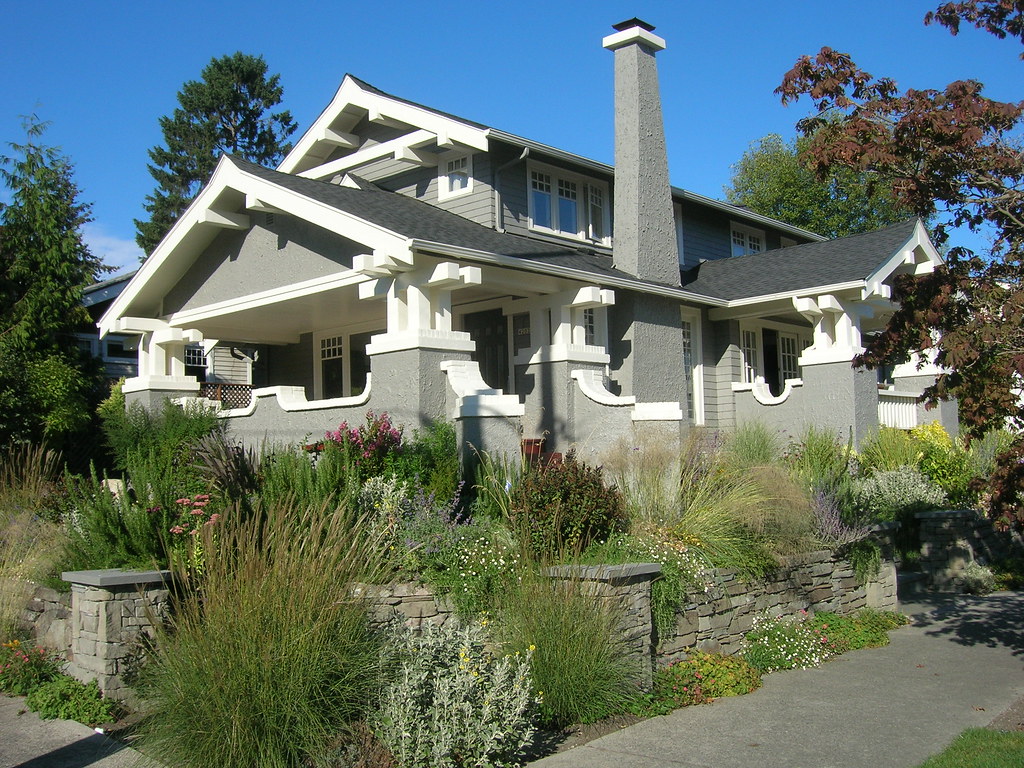
9. **Making a Statement: The Best Front Door Color for Selling**While the main body of your home’s exterior should largely adhere to popular neutral palettes, the front door offers a fantastic opportunity to inject a touch of personality and charm without alienating potential buyers. It’s often referred to as the “jewelry” of your home, and the right color can significantly enhance its curb appeal and memorability. A thoughtfully chosen front door color is a simple, high-impact way to make your home stand out.
In 2025, real estate experts and design professionals agree: the color black remains the undisputed champion for front doors when selling a home. People consistently love a black door because it works seamlessly with most architectural styles and exterior color schemes. It projects an image of sophistication, elegance, and timelessness, making it a safe and classic choice that never goes out of style. It’s bold enough to be noticed, yet neutral enough to appeal universally.
However, if black feels too traditional for your taste or your home’s aesthetic, a “fun pop of color” can also be highly effective. The beauty of the front door is that it’s a relatively small surface, making it an easy and quick project for new homeowners to repaint if they choose. This means you can be a little more adventurous, opting for a welcoming red, a serene blue, or even a vibrant green, knowing it won’t be a major hurdle for a buyer.
The strategic use of color on your front door can help potential buyers remember your home, creating a lasting impression that subtly encourages offers. It signals attention to detail and a touch of warmth, qualities that resonate deeply with those looking for their next home. So, whether you lean into the classic elegance of black or opt for a memorable splash of color, your front door is a powerful tool in your selling arsenal.
Read more about: Beyond Nostalgia: 14 Legendary Classic Cars That Deserve a High-Performance Comeback Today
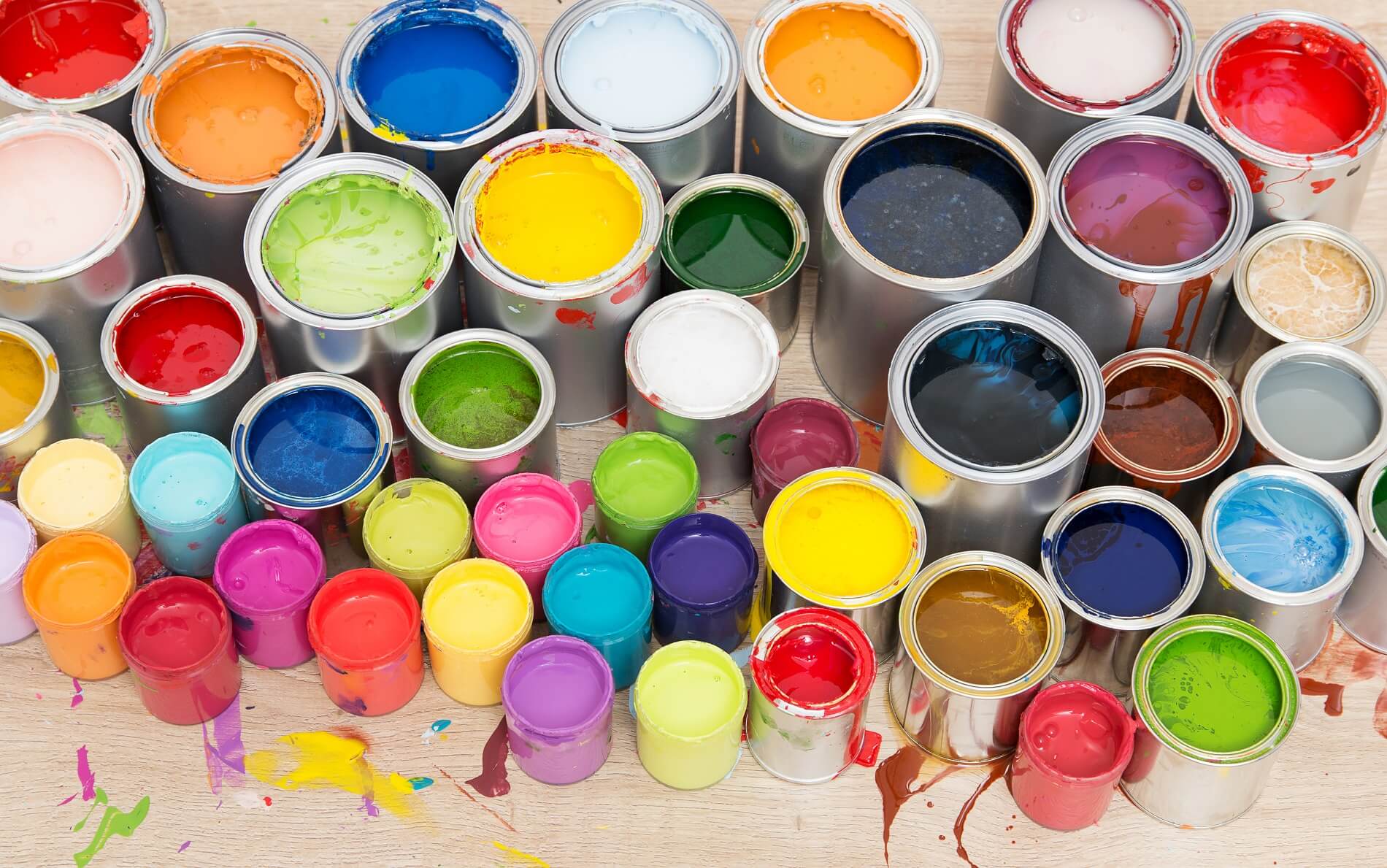
10. **Paint Colors to Avoid: What Can Detract from Your Home’s Value**While selecting the right paint colors can significantly boost your home’s appeal and sale price, it’s equally crucial to understand which colors can actively deter buyers and even decrease your home’s value. Bright, trendy, or overly personal colors, while enjoyable for living, can act as a “distracting klaxon” for potential buyers, narrowing your pool of interested parties and potentially costing you thousands.
Zillow’s research provides clear warnings regarding specific colors and rooms. For instance, kitchens painted bright yellow were found to sell for an average of $820 less, and a living room in the same hue could result in a staggering $3,891 reduction. Bright red bedrooms also performed poorly, potentially shrinking a home’s sale price by as much as $1,987. These numbers highlight the real financial risks associated with certain paint choices.
Further reinforcing this, Fixr.com’s survey of home staging and design professionals identified additional “worst interior paint colors” for selling a home. Lime green topped the list at 73%, followed by bold pink (42%), red (35%), purple (33%), bold orange (30%), and mustard yellow (20%). The consensus among experts like Christie Cannon is that such highly personal hues make it much harder for buyers to envision their own furniture and decor in the space, hindering their ability to connect emotionally with the home.
It’s a common misconception among sellers that buyers will simply repaint if they don’t like the color. However, most buyers don’t see it that way; they often perceive it as an immediate chore and an added expense. Therefore, while energetic colors like red and yellow might bring you joy personally, when preparing to sell, the goal shifts. You want to appeal to the most potential buyers, which means setting aside personal preferences for colors that offer a broad, inviting canvas. Save the bold colors for smaller, easily interchangeable accents like throw pillows or artwork.
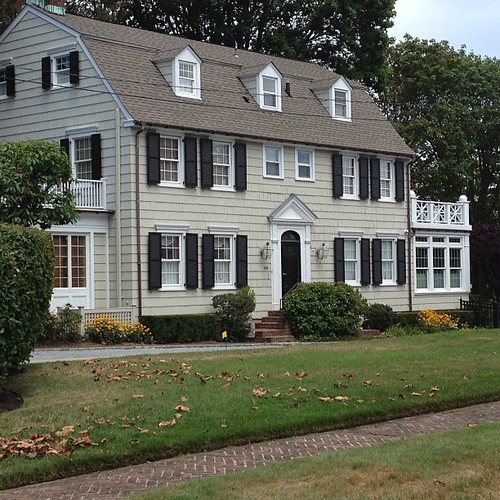
11. **The Right Sheen: Why Paint Finish Matters as Much as Color**Beyond selecting the perfect hue, a critical, often overlooked aspect of painting for resale is the paint’s finish, also known as its sheen. The sheen of your paint can dramatically alter the perception of color, affect durability, and either highlight or cleverly conceal imperfections in your walls and trim. As Sue Wadden, Director of Color Marketing for Sherwin-Williams, emphasizes, “Sheen matters.”
For walls, particularly in areas where minor imperfections like dings, scuffs, or uneven surfaces are present, a matte finish is an excellent choice. Matte paint has very little sheen, making it non-reflective. This quality allows it to effectively hide wall flaws, giving surfaces a smooth, almost brand-new appearance. It’s a smart way to present well-maintained walls without extensive repair work, ensuring buyers focus on the overall pristine condition of the home.
Conversely, for trim, molding, and door jambs, a semi-gloss paint is highly recommended. The subtle shine of a semi-gloss finish adds a touch of modernity and elegance, making these architectural details pop. It creates a cleaner, more refined look that can even contribute to a perception of larger, brighter rooms. This contrast in sheen between walls and trim adds visual interest and a professional finish that buyers instinctively appreciate.
It’s important to be strategic with other finishes. For ceilings, a flat white paint is ideal. It helps to hide any imperfections on the ceiling surface and, crucially, reflects light upwards, making the room feel more expansive and airy. However, exercise caution with eggshell or satin finish paints on general walls. While popular in some decorating schemes, their slight sheen can actually highlight every flaw and imperfection, making walls appear older and more worn, which is exactly what you want to avoid when selling.
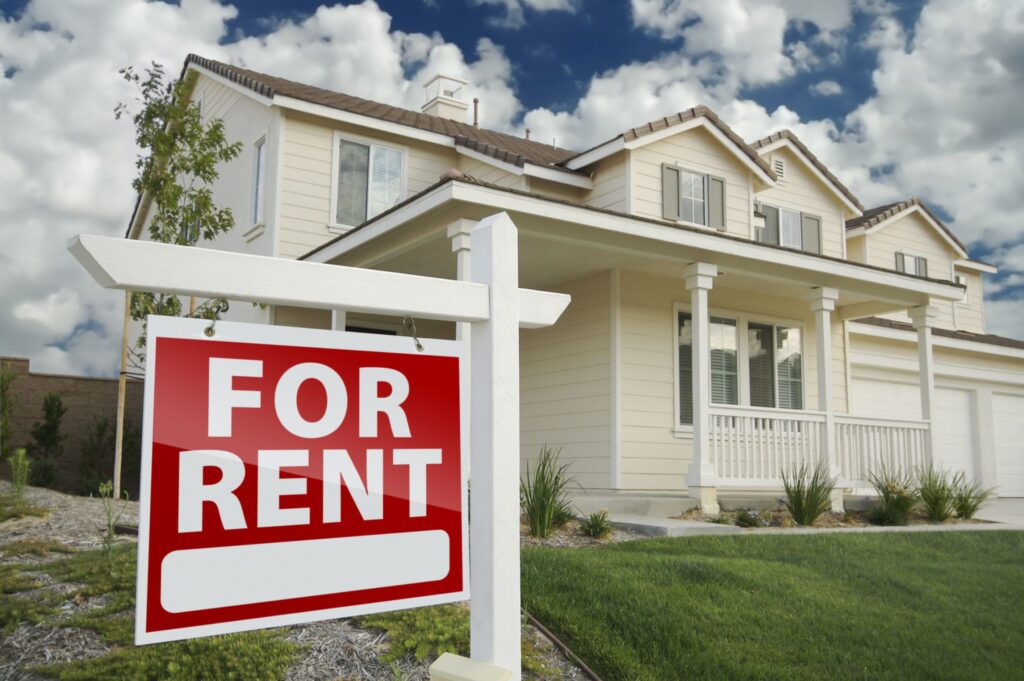
12. **Strategic Painting: Maximizing Your Investment Before Listing**When preparing to list your home, one of the most common and impactful questions sellers ask is, “Should I paint my house before selling it?” The answer, overwhelmingly, from real estate agents and design experts alike, is a resounding yes. Fresh paint is a remarkably fast and affordable way to instantly update your property, making it look newer, cleaner, and impeccably maintained. Dirty, scuffed, or dated paint on walls and trim can significantly hurt your home’s resale value, creating an immediate negative impression.
Painting isn’t just about aesthetics; it’s a strategic investment that demonstrably increases your home’s value. Studies show that painting can make your home more appealing to prospective buyers, especially when using the right colors, as discussed. Nearly one-third of all homeowners paint their home before listing, according to the Zillow Consumer Housing Trends Report, underscoring its importance as a top pre-sale activity. It’s about creating a space that evokes warmth and positive feelings in buyers, as Christie Cannon notes, which helps get homes sold.
When choosing colors, Sue Wadden from Sherwin-Williams advises considering practical factors like lighting. North-facing rooms, for instance, tend to receive cooler light, benefiting from warm tones to balance the ambiance, while south-facing rooms can handle cooler tones. To avoid costly mistakes, always order Peel & Stick samples or free color chips from Sherwin-Williams (swsamples.com) to test shades in your actual home environment before committing. This step ensures the color performs as expected throughout the day.
Ultimately, maximizing your sale potential means stepping away from personal style preferences and embracing a marketing mindset. As Cannon wisely advises, “I always remind sellers that while this may not reflect your personal style, the goal is to market the home, not decorate it for yourself.” By focusing on broad appeal, light, neutral, and inviting palettes, and paying attention to crucial details like paint sheen and the right timing, you can transform your home into a property that captures buyer interest, receives competitive offers, and sells faster, ensuring every brushstroke contributes to your bottom line.
Making these informed choices about paint color is more than just a renovation; it’s a powerful strategy that positions your home for success in the competitive 2025 market. By understanding buyer psychology, leveraging expert recommendations, and avoiding common pitfalls, you’re not just painting walls—you’re painting a picture of a desirable future home, one that buyers will be eager to make their own.


